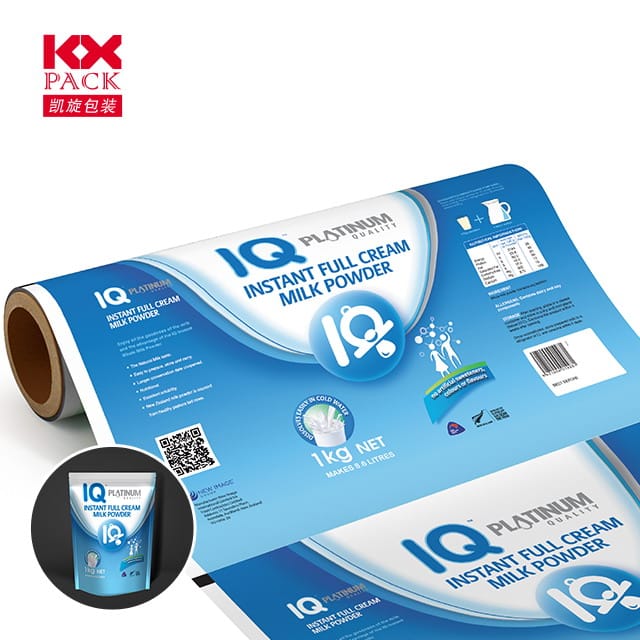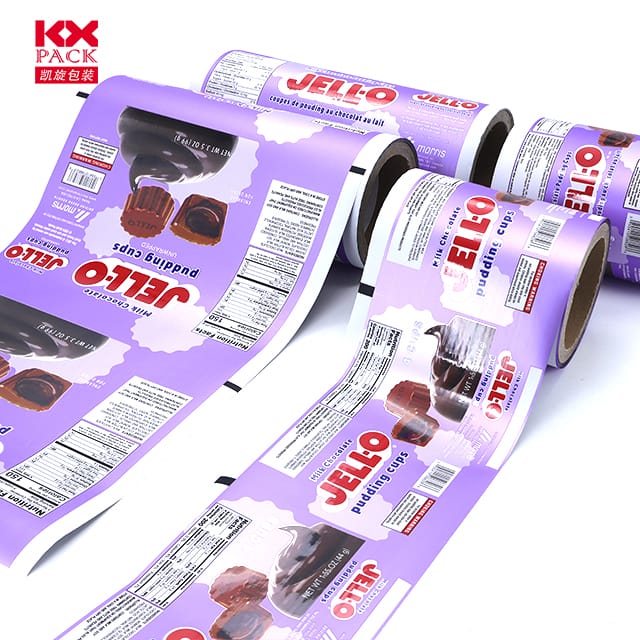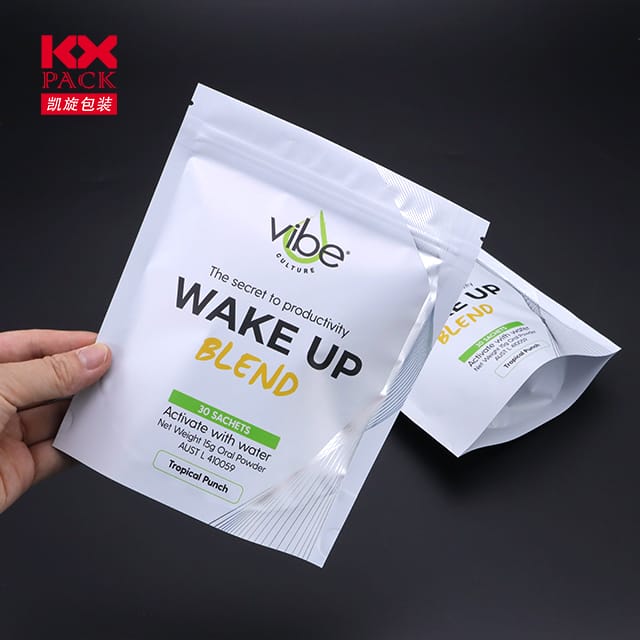合理化効率: 現代の製造における自動包装フィルムロールの役割
自動包装フィルムロール
In today’s fast-paced manufacturing landscape, 効率, 精度, そして、持続可能性は交渉できません. 入力automatic packaging film rolls—a cornerstone of automated packaging systems that revolutionize how businesses wrap, シール, そして彼らの製品を保護します. あなたが食料生産をしているかどうか, eコマース, または工業製造, これらのフィルムロールは、サプライチェーンの最適化の名のないヒーローです. Let’s unpack why they matter and how they’re transforming industries.
What Are Automatic Packaging Film Rolls?
自動包装フィルムロール are high-performance, continuous sheets of flexible material (often plastic, biodegradable polymers, or paper-based composites) designed for use in automated wrapping machines. These machines stretch, シール, and cut the film to fit products of varying sizes, eliminating manual labor and reducing waste.
Key features include:
- Customizable dimensions: Widths, 厚さ, and lengths tailored to specific applications.
- Material diversity: Options like LDPE, POF (polyolefin), ボップ, and eco-friendly alternatives.
- Enhanced durability: Resistance to tears, 水分, and UV exposure for product protection.
Why Automatic Film Rolls Are a Game-Changer
- Speed and Precision:
自動包装フィルムロール systems can wrap hundreds of products per hour with consistent tension and sealing, drastically reducing bottlenecks in production lines. - Cost Savings:
- Minimizes material waste through precise cutting and optimized stretch ratios.
- Reduces labor costs by replacing manual wrapping teams.
- Product Safety and Presentation:
- Tight, uniform wraps prevent damage during transit.
- Clear or printed films enhance brand visibility with custom labels or logos.
- 持続可能性:
- より薄く, high-strength films reduce plastic use without compromising protection.
- Biodegradable and compostable options align with eco-conscious consumer demands.
Industries Benefiting from Automatic Film Rolls
- 食べ物と飲み物: Extended shelf life with moisture-barrier films for perishables.
- 電子商取引: Secure packaging for fragile items like electronics or glassware.
- 医薬品: Tamper-evident seals for compliance and safety.
- 物流と倉庫: Bulk pallet wrapping for stable, space-efficient storage.
Choosing the Right Film Roll for Your Needs
すべての映画が平等に作成されるわけではありません. Here’s what to consider:
- Product Weight and Shape: Heavy or irregular items may require thicker, high-cling films.
- Environmental Impact: Opt for recyclable or plant-based materials if sustainability is a priority.
- Machine Compatibility: Ensure the film’s thickness and stretch ratio match your wrapping equipment.
- Budget: Balancing upfront costs with long-term savings on material and labor.
未来を推進する革新
The packaging industry is evolving rapidly, with automatic film rolls at the forefront:
- スマート映画: Embedded sensors for real-time tracking of temperature, 湿度, or shock during transit.
- Nanotechnology: Ultra-thin, ultra-strong films that reduce material use by up to 50%.
- Circular Economy Solutions: Films designed for easy recycling or composting to cut landfill waste.
Best Practices for Implementation
- Audit Your Current Process: Identify inefficiencies (例えば。, excessive film waste, slow wrapping speeds).
- Test Before Scaling: Pilot new films with your machinery to ensure compatibility.
- Train Your Team: Educate staff on machine maintenance and film-handling best practices.
- Monitor Metrics: Track savings in material costs, labor hours, and product damage rates.
結論
Automatic packaging film rolls are more than just a supply chain tool—they’re a strategic investment in efficiency, 持続可能性, and customer satisfaction. As businesses race to meet rising demands while reducing their environmental footprint, these films offer a win-win solution.
Ready to upgrade your packaging process? Start by assessing your needs, exploring eco-friendly options, and partnering with suppliers who prioritize innovation. The future of packaging is automated, adaptable, and aligned with a greener planet.
What challenges have you faced with packaging? Share your thoughts or success stories in the comments below! 📦💡🌱







